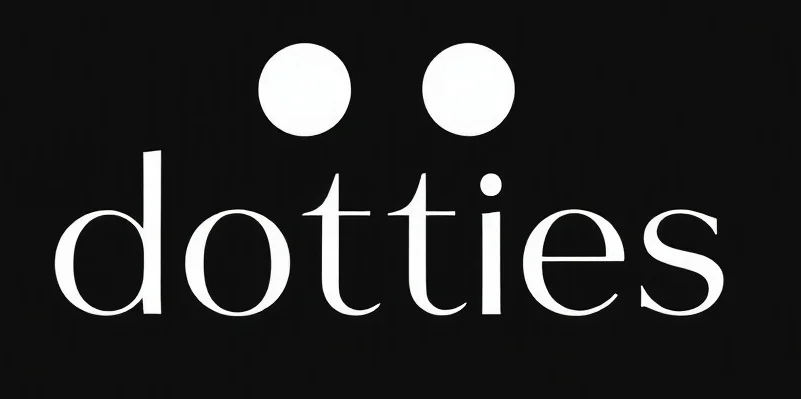The Future of Sales Forecasting: A Pragmatic Approach
Picture this: You’re running an e-commerce business. It’s a bit like captaining a ship in uncharted waters — exhilarating, rewarding, but sometimes a little unpredictable. This is where free sales forecasting software comes into play. Think of it as your trusty compass, guiding you through murky financial seas with insights that are as clear as the day.
But let’s not get carried away here. This isn’t about magic or miracles. It’s about utilizing the right tools to predict where sales are headed. Leveraging data-driven insights allows you to make informed decisions rather than relying on gut feelings alone. It’s practical, it’s necessary, and yes, it’s not as intimidating as it might sound.
Why Sales Forecasting Matters
Imagine trying to drive a car with your windshield completely fogged up. Not a pleasant thought, right? Without a clear view of the road ahead, you’re bound to encounter unexpected bumps — or worse. Sales forecasting clears that fog. It shines a light on potential challenges and opportunities, allowing you to steer your business effectively.
With accurate sales forecasts, you can allocate resources more efficiently, manage inventory smartly, and optimize your marketing strategies. It’s like having a map that shows you the shortcuts, the scenic routes, and the traffic jams.
The Role of AI in Sales Forecasting
Now, let’s talk about AI. Not the omnipotent overlord of sci-fi lore, but the capable intern we’ve recruited to help us out. AI in sales forecasting is about using algorithms to analyze data patterns and predict future sales trends. It’s about taking the guesswork out of the equation and replacing it with data-backed confidence.
AI systems excel at processing large datasets quickly, identifying trends that are invisible to the naked eye. They’re not perfect, but with the right supervision, they can be immensely helpful. Consider it a collaboration — you provide the strategic thinking, and AI handles the heavy lifting of data crunching.
Practical Steps for Implementing Sales Forecasting
Alright, enough with the theory. Let’s get down to business. How do you actually implement sales forecasting in a way that’s going to make a tangible difference?
- Start Simple: You don’t need to dive into the deep end right away. Begin with basic forecasting models and gradually incorporate more advanced AI tools as you grow comfortable with the process.
- Data is King: Ensure your data is clean, relevant, and up-to-date. The quality of your forecasts is directly related to the quality of your data.
- Iterate and Improve: Forecasting isn’t static. Regularly review your forecasts and adjust your models as needed. Learn from discrepancies between forecasts and actual sales.
- Collaborate with AI: Remember, AI is your intern, not your boss. Use its insights to complement your human intuition and strategic planning.
Conclusion
Sales forecasting isn’t about predicting the future with absolute certainty. It’s about preparing for it with informed strategies. By leveraging free sales forecasting software and embracing AI as a collaborative partner, businesses can navigate the unpredictable waters of the market with greater confidence and precision.
So, grab your compass and set sail. The future of sales forecasting is one where technology and human insight work hand in hand, ensuring your business not only survives but thrives.
Checkout ProductScope AI’s Studio (and get 200 free studio credits)

